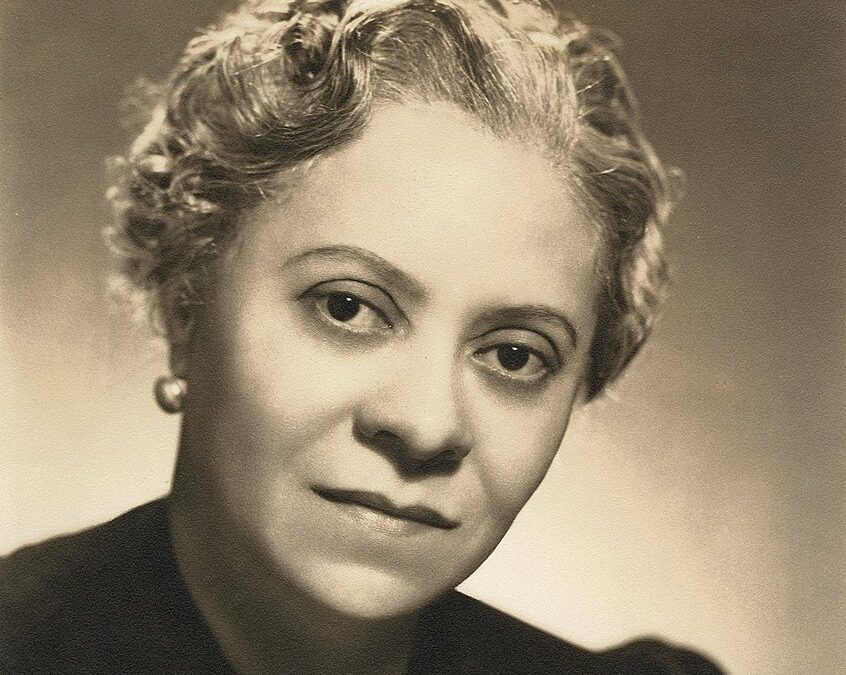Just fifteen years ago, piles of sheet music and writings were discovered in an abandoned house slated for demolition. Inside were dozens of unpublished scores, including a symphony and two violin concertos. The house had been the summer residence of Florence Price, a child prodigy who was valedictorian at 14 and studied at the New England Conservatory of Music. She was a pianist, organist, teacher, and composer who had written over 300 pieces of music: four symphonies, four concertos, choral works, vocal work, chamber music, and solo pieces, as well as popular songs. She achieved a degree of success, but during her lifetime she faced challenges in achieving recognition and performance opportunities due to racial and gender bias. Despite that, her “Symphony in E minor” was performed by the Chicago Symphony orchestra in 1933, making her the first Black woman to have a symphony performed by a major American orchestra.
The Second Violin Concerto, completed a year before her death (and later found in the abandoned house), was written in a single movement in the form of a rhapsody. It is framed in the western classical structure, combining lyrical romanticism, impressionist harmonies, and elements of West African and African American spiritual and dance traditions. It is a compact single movement work, richly orchestrated, with contrasting motivic sections and bravura solo violin passages.
As Antonin Dvorak had incorporated folk and national elements into his music, Price, along with other composers of the time, sought to further expand the classical canon with a fusion of traditional and vernacular. Alex Ross, in the New Yorker, wrote, “This terse, beguiling piece has an autumnal quality reminiscent of the final works of Richard Strauss. It deserves to be widely heard.”
Violin Concerto No. 2
Composed in 1952
By Florence Price






